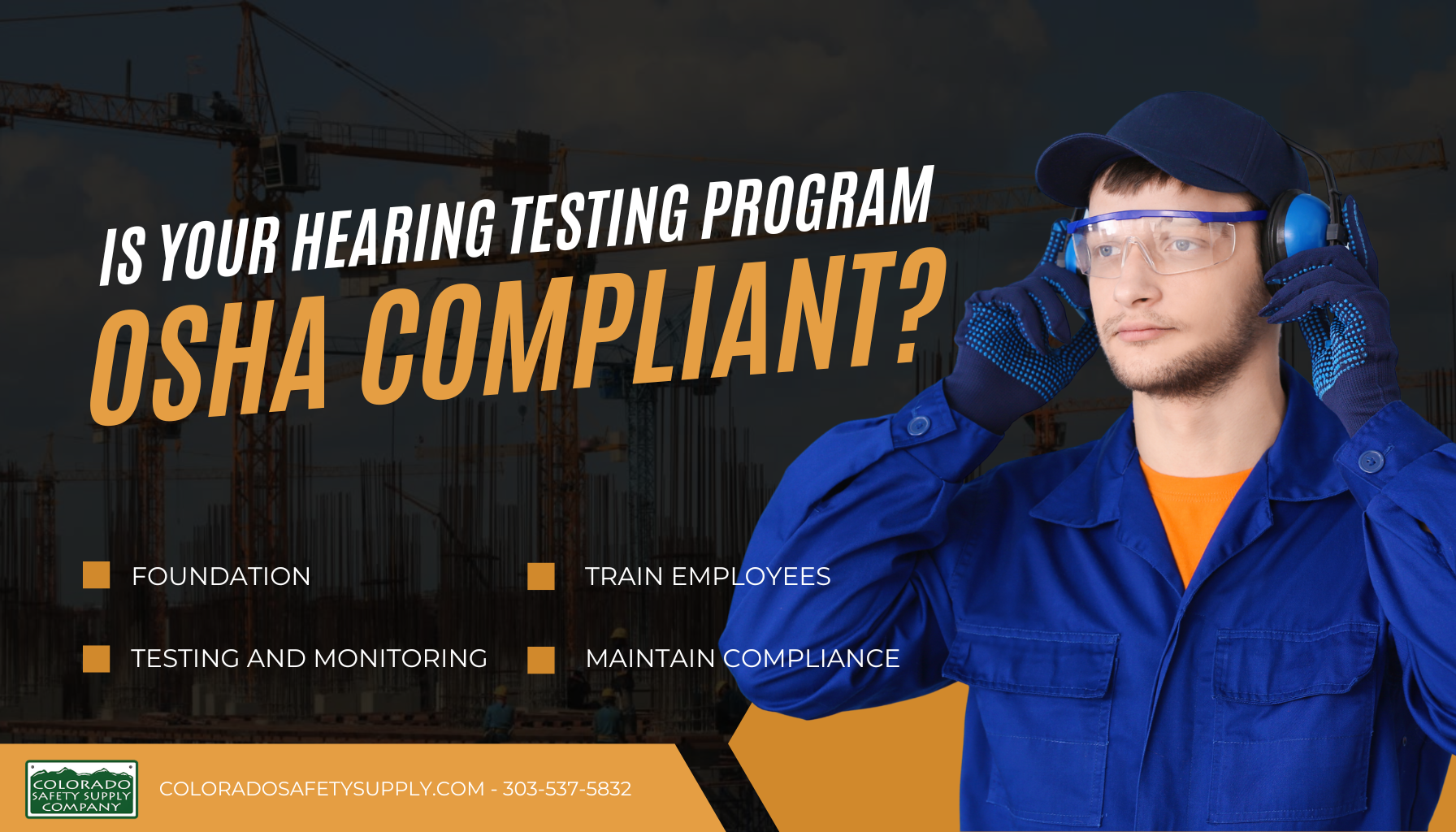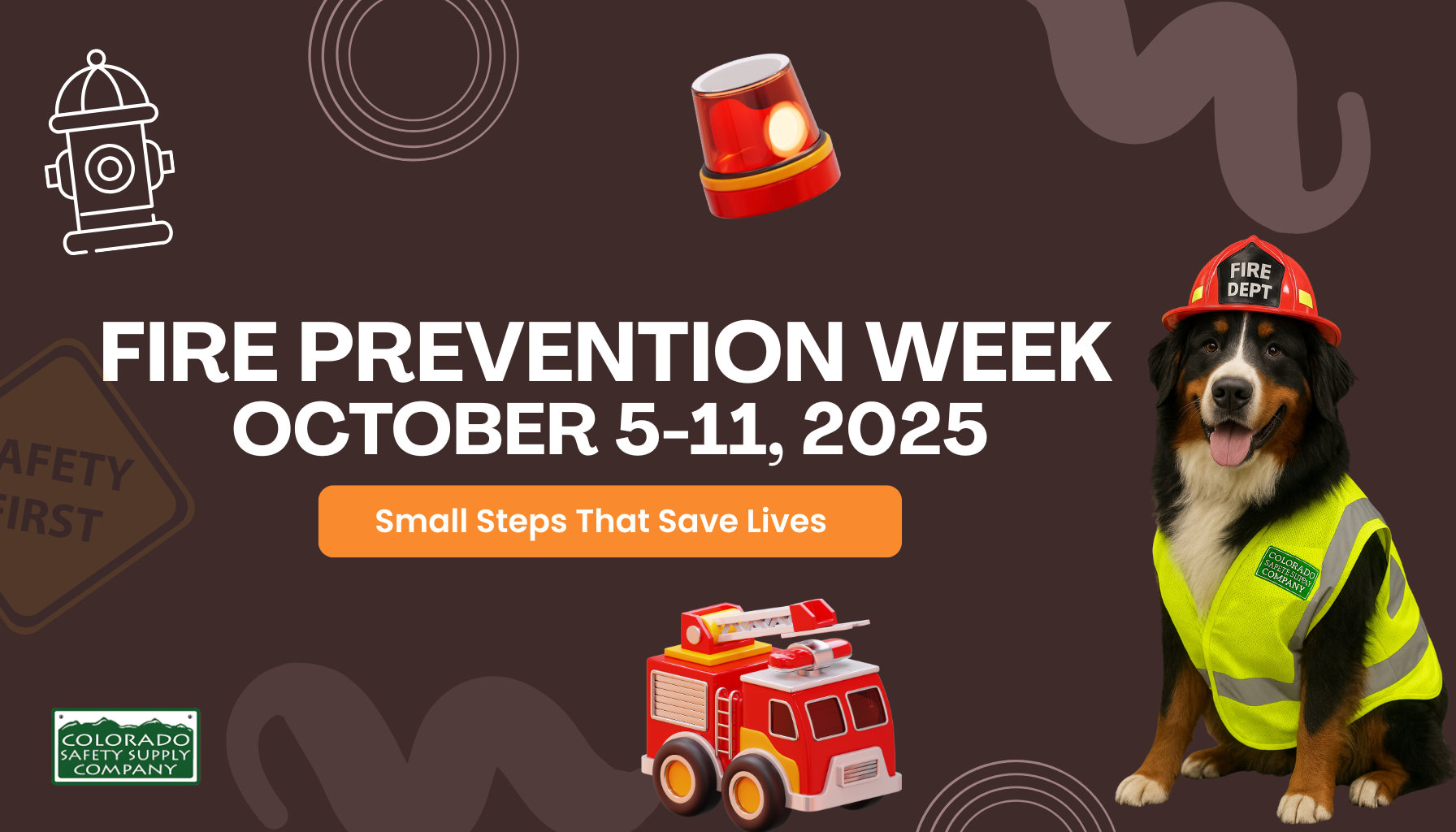Recent Posts

Honeywell BW MicroClip Battery Swelling Notice
Honeywell issued a notice regarding battery swelling in a small number of BW MicroClip gas detectors and the steps users should take.

What Employers Should Review Before 2026 to Stay OSHA Compliant
As 2026 approaches, employers should review fall protection systems, training, and documentation to stay OSHA compliant and keep workers safe.

Are You Really Meeting ANSI 107 and OSHA High Visibility Requirements?
High visibility gear is essential for worker safety. Learn how ANSI 107 and OSHA requirements help prevent accidents and how to choose the right class of hi vis apparel for any jobsite.

Do You Have an OSHA Compliant Hearing Testing Program in Place?
Learn the 4 steps to creating an OSHA compliant hearing testing program that protects employees, prevents hearing loss, and keeps you in compliance.

Why Are These Labor Posters Mandatory Annually?
Labor posters change more often than people realize. Here’s a quick look at why workplaces must update them every year and why it matters for compliance and employee safety.

Don’t Forget to Fall Back: A Perfect Time to Check Your First Aid Supplies
As Daylight Saving Time ends, it’s the perfect moment to check and refresh your first aid supplies. A quick review now helps ensure your team is ready for any emergency.

NEC 2026 Update: New Arc Flash Labeling Rules
Big changes are coming in the 2026 NEC update. Learn what new arc flash labeling requirements mean for your team and how to stay compliant with Colorado Safety Supply.

Beyond the Jobsite: Why Hi-Vis Gear Matters Everywhere
High-visibility gear isn’t just for construction. From delivery crews to cyclists, staying visible in any environment helps prevent accidents and saves lives.

Can you pass this week’s safety quiz? Extension Ladder Safety
Test your OSHA ladder safety knowledge with our quick 3-question quiz! Learn the proper ladder setup, inspection tips, and safe climbing practices.

Fire Prevention Week: Small Steps That Save Lives
Fire Prevention Week reminds us that small steps like drills, inspections, and daily awareness can save lives. Build lasting safety habits that protect your team year-round.

Are Construction Tarps Just Coverings or a Safety Requirement?
Construction tarps do more than cover equipment. From debris control to weather protection, they support OSHA compliance and keep crews safe when used correctly.

Overhead Anchors: The Foundation of Fall Protection
Overhead anchors are the foundation of fall protection. Learn OSHA’s 5,000 lb requirement, types of anchors, and how Colorado Safety Supply can help keep your jobsite safe.















